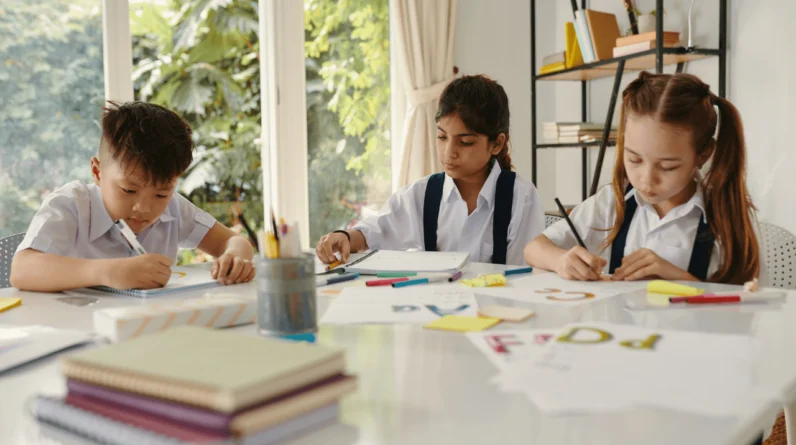
Most of us are now aware that the way we are raised plays a huge role in how we interact with others when we’re older.
How we process, understand and communicate our emotions is a product of how our parents responded to our needs and requests when we were younger. Depending on the responses we get, we will have one of the common attachment styles:
- Secure attachment style
- Anxious or ambivalent attachment style
- Avoidant-dismissive attachment style
- Disorganised attachment style
If you’re not sure about the attachment styles, you can get a refresh on how the 4 attachment styles affect your relationships.
Today, we’re focusing on the avoidant attachment style and how you can grow from it.
What is an Avoidant Attachment Style?
Avoidant attachment style is a product of a scenario where the main caregiver or parent does not attend to the needs of a child beyond essential needs like food and shelter.
Parents ignore the needs of their children from an early stage, for instance, by not responding when the baby cries and later in life by not outwardly showing an emotional reaction to the child or even making fun of the child’s problems.
When these behaviours are consistent throughout childhood, the children can grow to suppress their own needs and desires as they perceive them as an inconvenience.
Here are some signs of avoidance attachment style in adults:
Signs of Avoidant Attachment Style
- Extreme independence/self-sufficiency
- Suppressing personal emotional needs
- Avoiding intimacy
- Reluctance to trust
- Difficulty with feeling and showing emotions
- Limited communication
- Difficulties with physical closeness and touch
- Limited affection
These traits make it challenging for someone to navigate through relationships in adulthood, which is why it’s important to work on how one can move to a more secure attachment style.
4 Ways to Work on Avoidant Attachment Style
Therapy.
Therapy is such an underrated tool when it comes to addressing issues that are rooted in our childhood.
Modalities such as Cognitive behavioural therapy (CBT) have been shown to be effective, because they help us identify the harmful behaviours we have and understand how they came to be.
This understanding is the first step towards healing. CBT can help us replace our avoidant attachment traits and replace them with more secure ones.
Where possible, find a therapist who works on relationships and attachment styles, as they will be able to best help you.
Positive affirmations.
Because the inner child never really got the compassion and empathy they deserved, positive affirmations can help with that healing process.
Looking into the mirror, repeating the words, and chanting encouraging things can help you overcome the harsh inner critic and show yourself the love and compassion you deserve.
Be more trusting and vulnerable.
When we trust someone, it is easier for us to be vulnerable with them.
Unfortunately, with an avoidant attachment style, being in that position does not come naturally. You have to actively work on trusting people around you and realizing that there are safe spaces where you can express yourself and be vulnerable without judgement.
Be assertive.
If you grew up in an environment where your voice was ignored, it’s easy for you not to be confident when voicing your needs.
You become a little passive and aren’t surprised when people ignore you.
When moving to a secure attachment style, you have to learn to be more assertive. Remind people who try to interrupt you while you’re talking that you’re not done and deserve to be heard.
Your body language has to also scream confidence and your boundaries have to be firm.
In case you missed it: 4 Effective Ways to Overcome Anxious Attachment Style & Be More Secure
Avoidant Attachment Style Can Be Avoided
Now, as adults working on healing our younger selves, we also have the responsibility of ensuring that our children don’t get to experience the same issues we are dealing with.
That’s what we call healing generational trauma. Thankfully, while it is possible to overcome the avoidant attachment style as an adult, it can also be avoided earlier in life.
As parents, we can pay close attention to the needs of our children, not only the ‘primary’ ones, such as ensuring that they have food and shelter.
We have the responsibility to acknowledge our children’s emotions and create a safe space where they know that they can talk to us about anything without facing any judgment.
While life can be busy, make time for your children and play with them, laugh with them and show that you care and actually enjoy being around them.
Remember, you can never be a perfect parent, if that is even a thing, but you can be the best parent you possibly can be.
Photo by Tim Samuel







